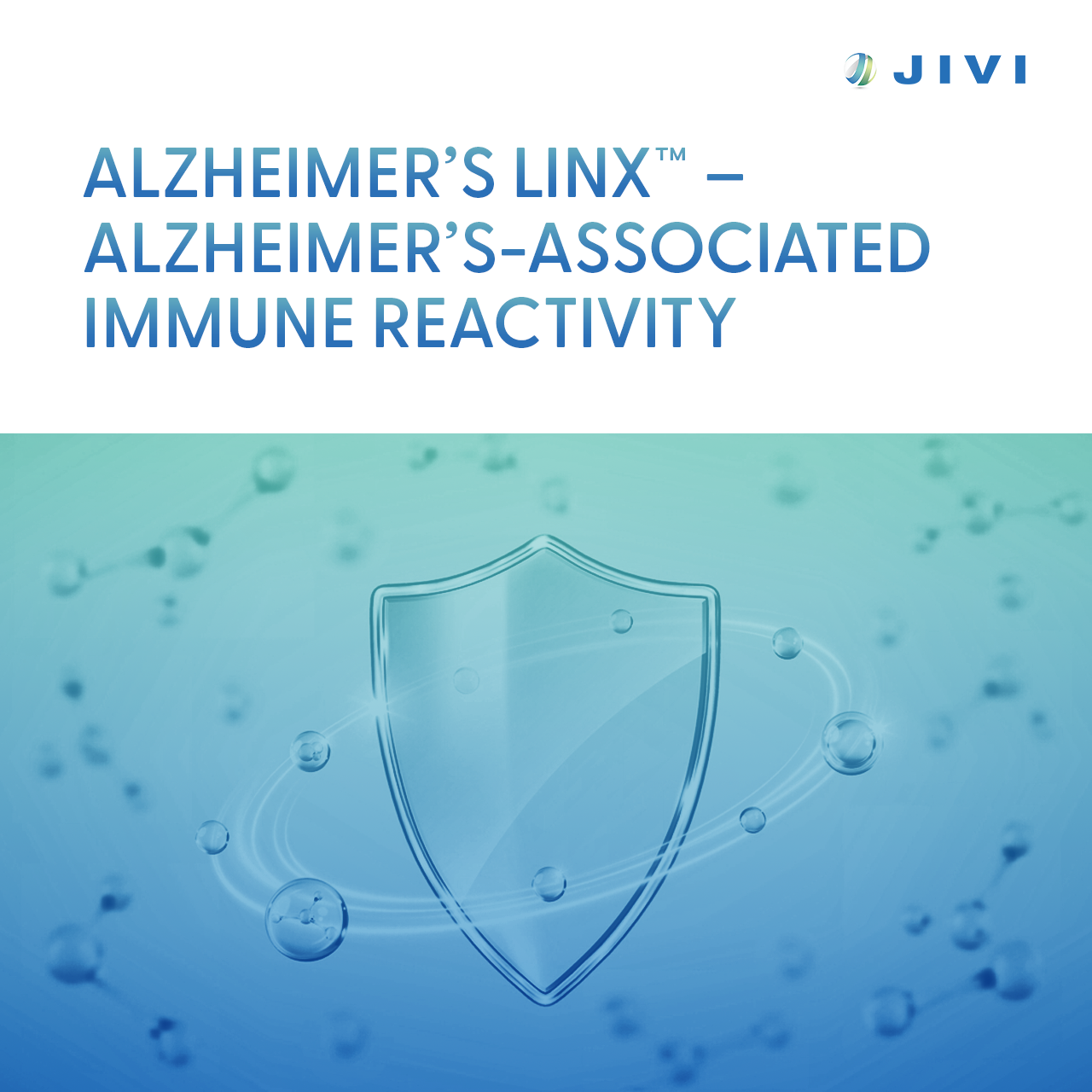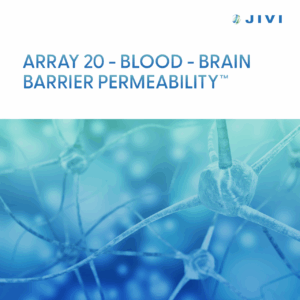Description
Alzheimer’s LINX™ – Alzheimer’s-Associated Immune Reactivity
The Alzheimer’s LINX panel is a multifaceted test looking for antibodies
related to the risk or pathogenesis of Alzheimer’s disease.
What does this test measure?
The Alzheimer’s LINX panel will check the following:
- Autoantibodies to key brain proteins: Tau (a protein that
forms tangles in AD), Beta-Amyloid (Abeta) peptides (the plaques),
Alpha-synuclein (more Parkinson’s but maybe included for Lewy body dementia
cross-over), neurofilament proteins (structural axon proteins), possibly
MAP2 or others. - Antibodies to blood-brain barrier proteins (similar to
Array 20, indicating barrier breach). - Pathogen antibodies known to associate with AD risk: e.g.,
HSV-1 (Herpes simplex) – studies show HSV-1 in brain might contribute;
Chlamydia pneumoniae (found in AD brains in some studies); possibly
spirochetes or periodontal bacteria (like P. gingivalis) as emerging
factors. - Chemicals heavy metals: e.g., Mercury, Aluminum adducts
(theories about metals in brain and AD).
The goal is to determine whether the immune system is attacking elements of
the brain or responding to factors associated with Alzheimer’s disease. This
could indicate early neurodegenerative changes or a risk thereof. For
instance, if someone has a high level of IgG antibodies to beta-amyloid, it
may suggest an autoimmune response to amyloid, potentially due to its exposure
outside of cells. Similarly, the presence of anti-tau antibodies could
indicate improper handling of tau proteins. High levels of antibodies against
pathogens, like HSV-1 IgG, may support an antiviral approach for prevention.
Additionally, the presence of antibodies to mercury or aluminium suggests that
the immune system has encountered these metals in the central nervous system,
indicating potential exposure and deposition.
Who is this test most suitable for?
- Those with a family history of Alzheimer’s (maybe APOE4 positive
individuals) to catch early signs - People with a traumatic brain injury history (monitoring risk for early
dementia) - Those in midlife with heavy exposure to risk factors (e.g., high viral load,
toxins) wanting to be proactive
Clinical Use
For patients with mild cognitive impairment or a family history of Alzheimer’s
disease (AD), this test can help assess risk levels and suggest specific
interventions. For example, if mercury reactivity is high, focus on heavy
metal detoxification; if the test indicates high levels of herpes simplex
virus (HSV), consider antiviral therapy; and if gluten cross-reactivity is
present, a gluten-free diet may be recommended. This approach is part of a
comprehensive strategy for preventing Alzheimer’s, similar to the concepts
outlined in the Bredesen Protocol.







